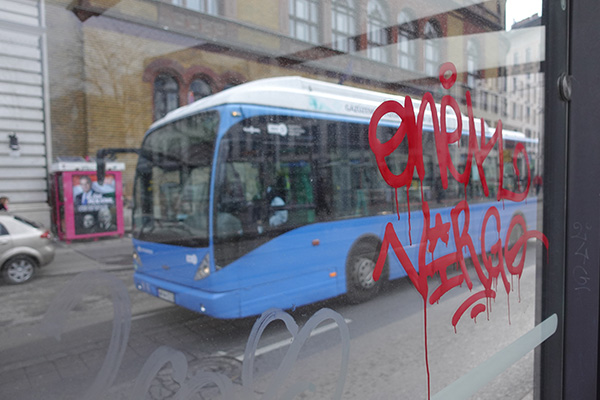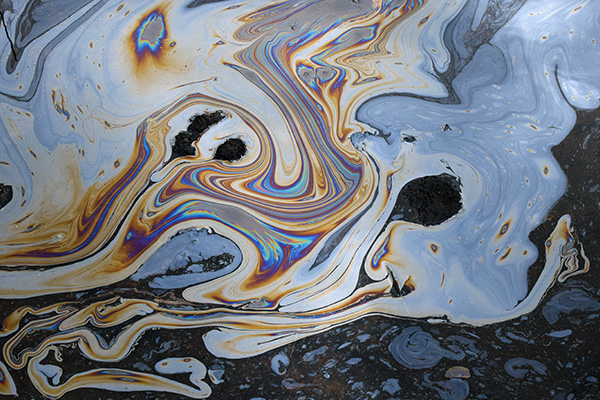There appears to be an increase in plastic surfaces being damaged by paints and inks that has occurred over the past 10 years. The reasons are difficult to identify as in the past the main dangers to plastic were either from the Graffiti Removers used to remove the paint and ink, or the Graffiti Artist using paints and marker pens which not only provided colour, but also acid etched the surface!!
As a supplier of Professional grade Plastic Safe Graffiti removers we have seen more standard spray paints be much more aggressive on plastic surfaces and this may be a change in ingredients brought on by more eco-friendly ingredients that react with the surface or plastics becoming softer and more susceptible to damage.
How is the plastic damaged?
Brand-new or Virgin Perspex or polypropylene is very transparent and has a very smooth surface that the paint or ink sits on top of. If the plastic is old and have been outside, it will have degraded through temperature changes from winter to summer and also the exposure to UV rays.
This softens the plastic and it’s surface degrades and becomes more porous allowing inks and dyes to penetrate deeper into the surface.
This can lead to a shadow effect with residues of the inks effectively bound and incorporated into the plastic and almost a physical scar on the plastic that is impossible to remove or polish out.
If the paint or marker pen has an acid specifically added to the formulation then it will damage virgin or old plastic indiscriminately as it will burn and etch the surface. The best you can do is remove the ink off the surface, but you may be left with a scar or opaque area.
Can damaged clear plastic be repaired?
Unfortunately not, the most you can do is to use a powerful, but gentle Plastic Safe Graffiti remover such as EN685 from Bio8 Industrial that dissolves the ink and dyes, that minimises further damage to the plastic.
The use of a professional grade Plastic Safe Graffiti remover means that you can rely on the solvent to dissolve the paint, ink and dyes without the need for harsh physical scrubbing.
Instead of using an abrasive scrubber you can use a sponge or a soft cloth which will reduce any physical damage, although a bathroom sponge with a non-abrasive scrubbing surface has also been used effectively.
The best method is to apply the Plastic Safe graffiti remover to the surface and leave for 5-10 seconds as this will breakdown the external skin of the ink and paint and then clean off.
You may already start to see the paint and ink start to run off without any scrubbing required. Then re-apply as necessary to clean off all inks and then rinse with water.
For more information about removing paint and inks from plastic surfaces please visit Graffiti Removal Products • Bio8 Industrial Ltd


